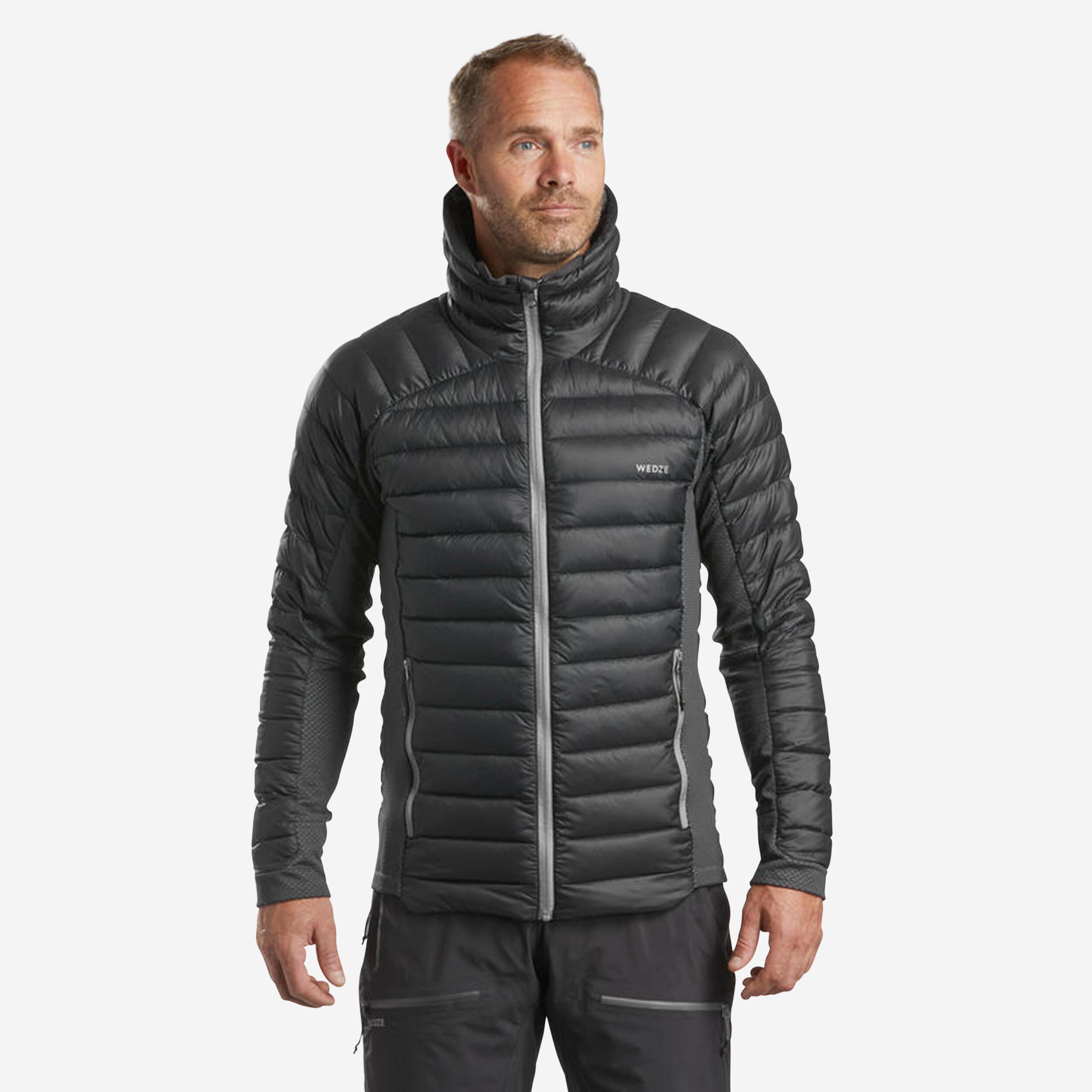

















wedze
Men's Down Jacket - Ski FR 900 Grey
$90.00
Designed for high-intensity freeriding, this modular liner jacket provides thermal protection without restricting movement. Down guarantees the best thermal protection and 3D mesh increases breathability and freedom of movement.
2.0/5
(1 )
5
0
4
0
3
0
2
1
1
0
0%
Fri, Nov 24, 2023
Not for Skiing
Mark
: 8 to 12 months
: [object Object]
I bought this jacket to wear under my shell for downhill skiing. Even with the shell over this jacket it was not warm. This is due to the back panel of the jacket. The back panel of the jacket is a woven fabric(not down insulation) and is intended to vent. All it does is vent
my body heat. Which creates cold spots on your back. I'll try another jacket from Decathlon.
...| Freedom of movement | 4 | |
| Warmth | 1 | |
| Breathability | 4 |
Sebastien
Thank you very much for taking the time to publish this review, it is very useful for us to improve the products that we design, test and market. First of all, it is important to point out that this product is popular with our customers: rating 4.26/5 ! This product is develop
ed to provide a little warmth and easily allow perspiration to escape, particularly from the back. Jacket for active sports. If you have long passive moments, for example waiting in line, this is probably not the most suitable product, we have much warmer jackets than this one, particularly in the hiking section. There are also heating products.You can come to the store to make an exchange.see you soon and have nice ski slope ! Sébastien, Offer Team, Decathlon Canada
...